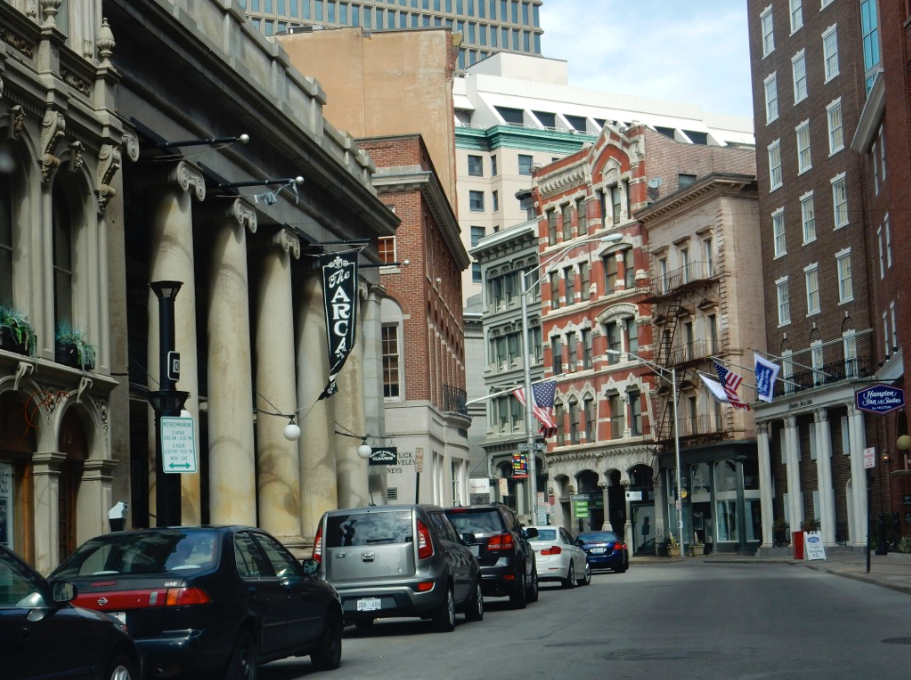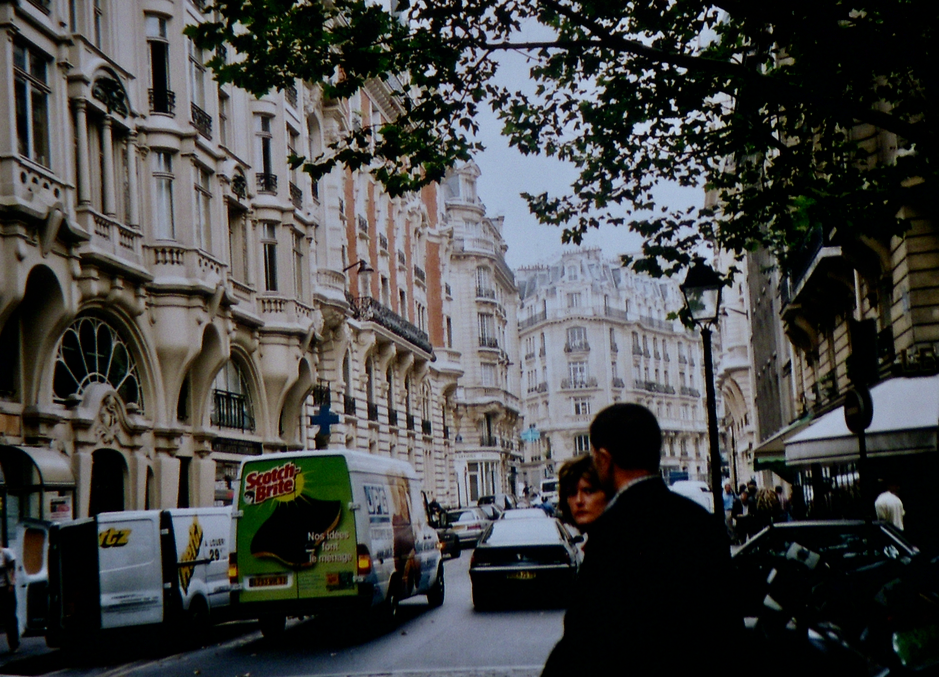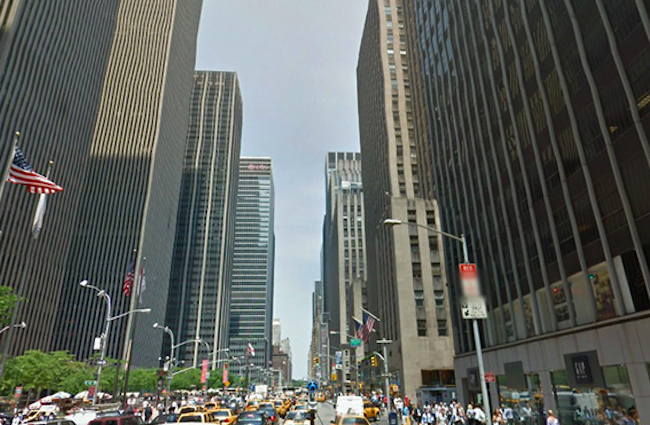
David Brussat
Lost Providence – Book by David Brussat
As an Amazon Associate, we earn from qualifying purchases made through affiliate links.
Please excuse me, dear reader, if I choose to flog my book on my blog.
Lost Providence was born in December 2015 when Ed Mack, an editor at The History Press in Charleston, S.C., emailed me to ask whether I’d like to expand into a book a column I wrote for the Providence Journal not long before my departure in 2014. Of course, I said yes. The resulting book was published on Aug. 28.
The column, “Providence’s 10 best lost buildings,” was in sync with contemporary journalistic practices, that is, it was a list. And not only that, it was in reverse order, as if it were planning to go on Letterman. The book has a list of chapters but they are not in reverse order. Still, there are other reasons to consider the book worthy of notice.



Those interested in traditional architecture will be pleased to hear (and ultimately, I hope, to read) that traditional architecture is the good guy in this book. Modern architecture is the bad guy. The book has two parts. Part I gives an account of the ten lost buildings in the column, fleshing out their stories and, in so doing, discussing the buildings that are not lost, most of which are more beautiful than those which were. Chapter by chapter, Part I uses increasingly tart language to prepare readers for Part II. History Press let me add chapters on “lost projects,” or civic developments between 1840 and the present.
Some have reshaped the city in good or bad ways. Others were generally stillborn and have been either forgotten or misinterpreted. Finally, two major projects have resulted in a renaissance for Providence and a happy ending for my book. In all of these chapters the good guys and the bad guys grapple for the dominance of civic evolution—for the book is above all a history of change in Providence, with lots of illustrations, and with lots of lessons for all cities.
The main thesis of the book is that civic beauty and economic growth are not unrelated phenomena, that beauty can encourage growth, that some buildings are beautiful and others are not, that most people know very well which is which, and that this knowledge, consciously or intuitively derived, is scientifically based. So civic leaders, while they may choose not to enact legislative or bureaucratic mandates to beauty, can certainly expect to fare well if they ask developers to consider beauty as one of their chief strategies for enhancing profit. The most famous and successful cities in the world have done this. Paris, Rome, etc. It’s not rocket science..
Let me borrow a phrase from the Future Symphony Institute: Orchestrate a Renaissance. The institute’s delightful motto suggests that in music, as in architecture, an environment of beauty must be the result of a deliberate strategy. In architecture and in music, decades and decades spent worshiping false gods had entrenched bad habits that have hurt society. These bad habits are not widely understood as such by thought leaders and their institutions, but they are understood quite well by most people whose connection to architecture, music and many other fields is merely by the experience of the eye or the ear.
So Lost Providence is an effort to orchestrate a renaissance in architecture and urbanism, not just in Providence but across the nation and around the world. Or to repeat the quotation from Winston Churchill with which I introduced my book: “We shape our buildings; thereafter, they shape us.”
The thorny question of “But how?” I tackle in the book’s epilogue, entitled “Providence Lost, Providence Regained.”
Since the late 1940s and ‘50s, modern architecture has attained such a stranglehold on the field of architecture that the prospects for reform have seemed bleak. It took modernism only a couple of decades to go from niche curiosity to the conventional wisdom. Tradition has been trying to stage a comeback since the late 1950s, when Henry Hope Reed published The Golden City. What gives me hope is the speed with which historic preservation transformed itself from a hobby to a mass movement - an ongoing social revolution triggered far less by a love of history than a desire to preserve local beauty from the threat of modern architecture. Reforming the field could happen in the blink of an eye.
Efforts to bring some degree of diversity to architectural education have been vital, but I believe that, like preservation, and like the slow-food movement, reforming architecture requires a bottom-up effort to untilt the playing fields of development on a city-by-city basis. People must rally at design-review meetings, and must put pressure on politicians to give the public a setting for their daily activities that does not (to put it gently) bore them to tears. Similar revolutions are taking place not just in the farm and the kitchen but in many fields, including art and music.
It is slow and tough going, because entrenched interests do not give way without a fight. But history is the story of these fights down through time, and Lost Providence is an attempt to bring some attention to methods of city building that worked for centuries, and can work again.
For 30 years, David Brussat was on the editorial board of The Providence Journal, where he wrote unsigned editorials expressing the newspaper’s opinion on a wide range of topics, plus a weekly column of architecture criticism and commentary on cultural, design and economic development issues locally, nationally and globally. For a quarter of a century he was the only newspaper-based architecture critic in America championing new traditional work and denouncing modernist work. In 2009, he began writing a blog, Architecture Here and There. He was laid off when the Journal was sold in 2014, and his writing continues through his blog, which is now independent. In 2014 he also started a consultancy through which he writes and edits material for some of the architecture world’s most celebrated designers and theorists. In 2015, at the request of History Press, he wrote Lost Providence, which was published in 2017.
Brussat belongs to the Providence Preservation Society, the Rhode Island Historical Society, and the Institute of Classical Architecture & Art, where he is on the board of the New England chapter. He received an Arthur Ross Award from the ICAA in 2002, and he was recently named a Fellow of the Royal Society of the Arts. He was born in Chicago, grew up in the District of Columbia, and lives in Providence with his wife, Victoria, son Billy, and cat Gato.






